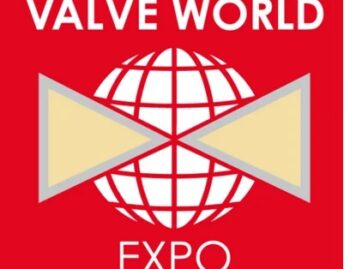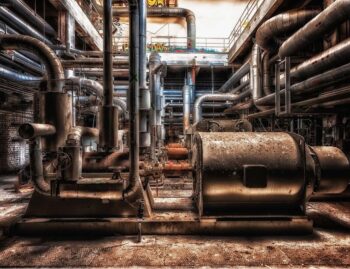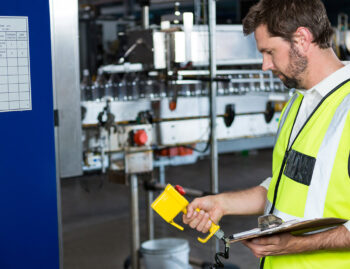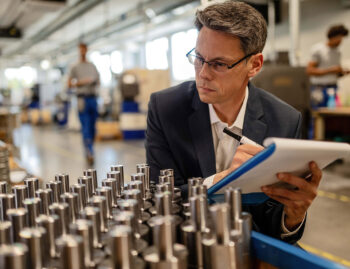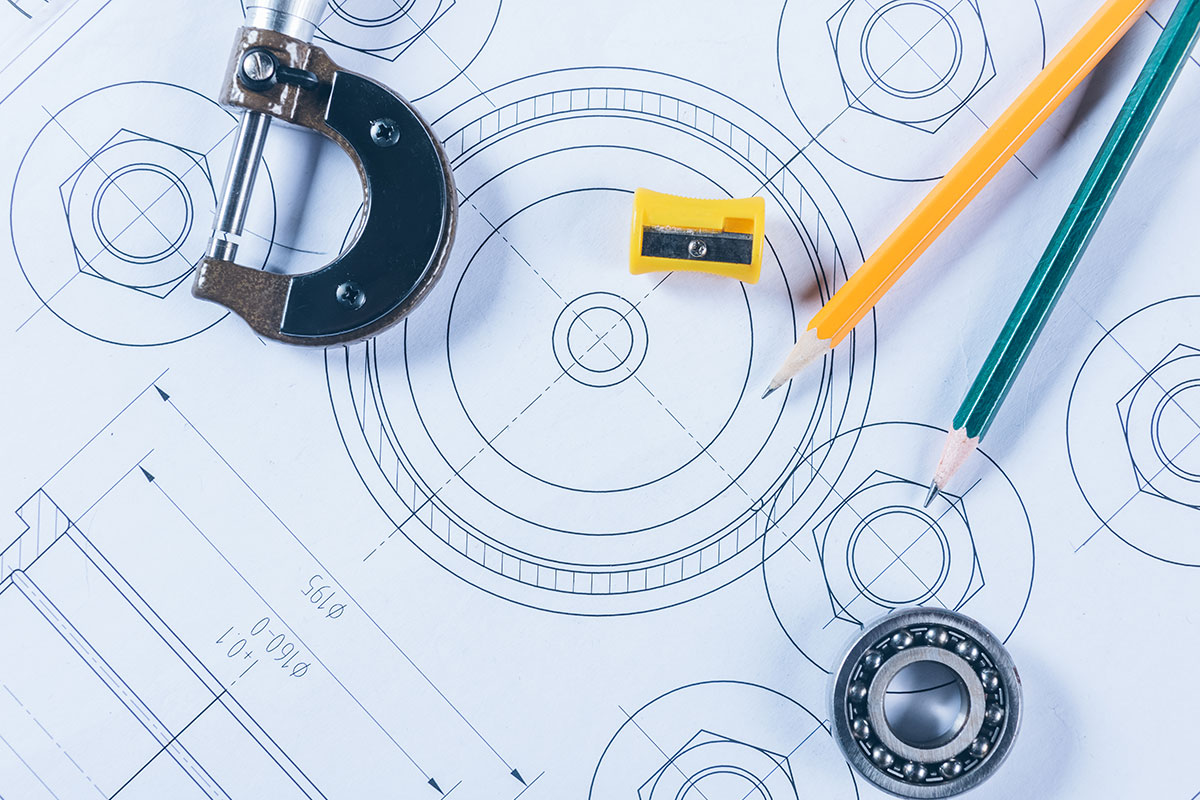
The valves of #aguja are essential components in fluid flow control systems. Their design and manufacture are critical to ensure accurate and safe control of the flow of liquids or gases in a wide range of applications, from the #industry chemical and petrochemical industries to the food and pharmaceutical industries.
Needle Valve Design
The design of a needle valve is based on the principles of fluid mechanics and takes into account several key factors:
- Material:
Material selection is crucial to ensure the chemical compatibility and corrosion resistance of the valve. In applications with aggressive chemicals, materials such as 316L stainless steel, nickel alloys (such as Inconel), titanium or even high-strength plastic materials such as PTFE (Teflon) are used. The choice of material also depends on the operating temperature and pressure, as well as industry-specific regulations.
- Size:
The size of the 1TP5Valve must match the pipe diameter and the required flow rate. It is calculated taking into account hydrodynamic parameters such as fluid velocity, viscosity and pressure drop. In high precision applications, needle valves with small sizes can be used, while in high capacity applications, larger valves are required.
- Geometry:
The geometry of the needle and seat is critical to flow control. The needle is usually conical or inverted conical in shape. The choice between these designs depends on the type of application. Tapered needles allow for more precise control in 1TP5Applications The valve seat can be flat or conical and is selected according to the fluid characteristics and sealing requirements. The valve seat can be flat or tapered and is selected according to fluid characteristics and sealing requirements.
- Type of action:
Needle valves can be operated in a variety of ways, depending on the application. Options include:
Manual Operation: The operator manually turns a hand crank or hand wheel to open or close the valve. It is suitable for low pressure applications. #flow and occasional flow control.
Pneumatic Actuator: A pneumatic actuator is used to automate the process. This type of actuation allows for faster and more precise control and is common in industrial applications.
Electric Actuator: Similar to the pneumatic actuator, but uses electric power to operate the valve. Useful in applications where remote electrical control is required.
Hydraulic Actuator: Uses a hydraulic actuator for flow control. Used in applications where high operating force and fast response is required.
- Sealed:
Tight sealing is essential to prevent unwanted leakage. To achieve effective sealing, high quality seals, such as O-rings, graphite rings or elastomer seals are used, depending on the valve material and the #fluid transported. Precision in the manufacture of the needle and seat is crucial for efficient sealing.
- Number of laps:
The number of turns required to open or close the valve depends on the application and the degree of control required. Some needle valves are designed for multiple turns, which allows for extremely high control. #precise of the flow, while others can be fast-acting with only a few turns.
In short, the design and manufacture of needle valves are complex processes involving the consideration of multiple factors, from material choice to needle geometry and sealing.
These components are 1TP5Essentials for the precise control of fluid flow in a wide range of industrial and scientific applications.
